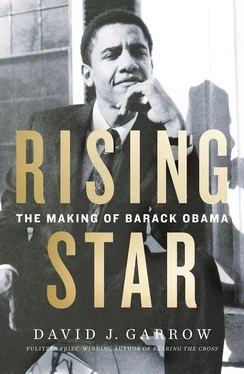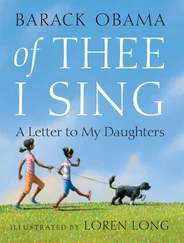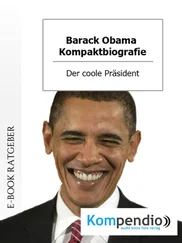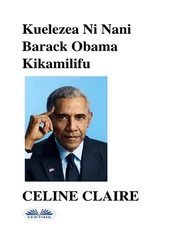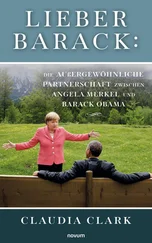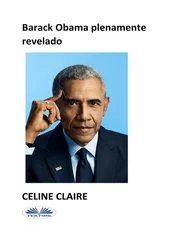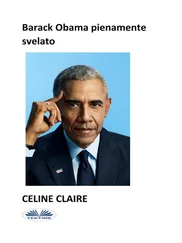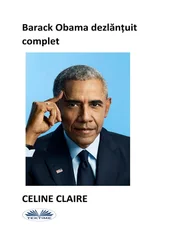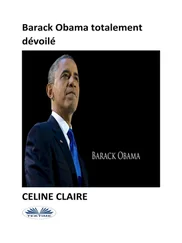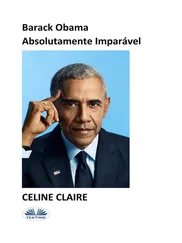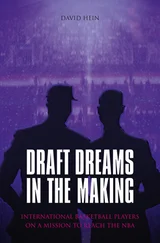The notion that anyone at Punahou or among his friends and other acquaintances ever thought of Barry Obama as a “thug” or hoodlum could not be further from the way he is remembered. Scores of them did see him as “a pretty good jock,” as Obama also called himself; tiny Annette Yee from their summer at Baskin-Robbins thought of him as “a basketball jock”; their mutual friend and ice cream coworker Kent Torrey likewise recalled Barry as “one of the biggest jocks on campus.” But his intense love of basketball, as his yearbook tribute vividly captured, carried no negativity, and anyone who experienced teenage bullying from one or more of Barry’s closest friends without exception recalls Obama as never manifesting any bad attitudes.
By the onset of Barry’s senior year, Greg Orme was unquestionably his closest friend. Many days after basketball practice, they did not “get a six-pack … and go out to the park and just screw around,” but instead walked down to 1617 South Beretania. “It was Tut and Gramps in this small apartment and us two six-footers,” Orme recalled. “We’d raid the refrigerator and then go to his room. He’d put on his earphones. He liked to listen to Stevie Wonder and jazz, like Grover Washington. So he’d have the earphones on and read his books.” Tom Topo came over “once or twice a month.” He remembered that visitors could barely “set foot in his room—he lived off the floor—everything was on the floor…. He always had a Stevie Wonder record on the phonograph,” like Songs in the Key of Life, and sometimes “like a week-old pizza under his bed … he was a messy person.”
But the Choom Gang was no less active than the year before. Indeed, come January 1979, Punahou’s student newspaper, in a humorous survey of different student “species,” profiled one it called “Cravius Cannabis.” Recognizable from “their bloodshot eyes … Cannabi migrate in vans to ‘country,’ where they indulge in enlightening tribal rituals. They have developed specialized language to deal with their common interests: agriculture and commerce.” Years later, on the one occasion when anyone was able to ask Madelyn Dunham about Barry’s high school drug use, she admitted, “I had a few hints, and I think I talked to him a little about it. But it didn’t seem overwhelming or prolonged.” Obama would later make light of chooming, readily admitting, “I smoked pot as a kid, and I view it as a bad habit and a vice, not very different from the cigarettes I smoked” all through those years.
Once Obama seemingly copped to something more than just pakalolo during his Punahou years, referencing “maybe a little blow when you could afford it” while relating how a food service worker supposedly had offered Barry “smack” (heroin) as well. The Choomers’ relationship with Gay Ray went well beyond just “commerce,” and some of them spent significant social time with him, as Topo readily acknowledged. “The guy was a maniac on the road. He tailgated everybody. I was afraid for my life every time I rode with him.” Yet cocaine had zero presence among the Choom Gang, and multiple friends firmly say they never set eyes on it up through 1979. But at least one Choomer knew for sure that “Barry started to experiment with cocaine.” While Topo recalled that “the police were really, really, really relaxed” regarding pakololo, that was not the case with harder drugs, and in Obama’s own later telling, his mother asks him about his friend “Pablo,” who “was just arrested for drug possession” involving cocaine.
By Barry’s senior year his second-closest friend, after Orme, was Bobby Titcomb, who was one year behind before leaving Punahou without graduating. Titcomb came from a distinguished local family. An ancestor had “married into Hawaiian royalty,” according to the Honolulu Advertiser, and his father was a longtime local judge who had won two Bronze Stars during World War II and lost a congressional race against future U.S. senator Daniel Inouye. Perhaps most notably, the elder Titcomb also frequently appeared on the locally filmed CBS television show Hawaii Five-0, which had begun airing nationally in 1968. Bobby Titcomb had first met Barry back in the fifth grade, and the two young men would hike Rocky Hill, just above Punahou’s campus, before extending their reach to Peacock Flats, on the west side of Oahu. Obama’s private, extremely close friendship with Bobby would remain a constant in his life for many years after 1978–79. 35
In his most starkly dramatized account of his supposedly angry and antisocial high school years, Obama wrote about “the intimation of danger that would come upon me whenever I split another boy’s lip or raced down a highway with gin clouding my head.” Not one of Barry’s friends and acquaintances can recall any angry exchanges, never mind any busted lips, and no one remembers him having a taste for gin. In that same passage, Obama also recounted “the swagger that carried me into a classroom drunk or high, knowing that my teachers will smell beer or reefer on my breath, just daring them to say something.”
Paula Miyashiro, Punahou’s 1979 class dean since their freshman year, never knew Barry to have any disciplinary issues and remembers “his infectious, genuine smile” and his “happy,” indeed “jovial,” demeanor. She met with him at least annually to discuss his upcoming year’s classes, and then more frequently as college applications approached. “I remember talking to him about the particular schools he was interested in.” But above all, Miyashiro—now Paula Kurashige—stresses that the one person who saw the most of Barry during high school at Punahou was his homeroom teacher, Eric Kusunoki: “for four years, he saw Barry every single day.”
Even during his junior year’s early-morning basketball practices, or his fall senior year’s three-times-a-cycle early-bird Law and Society classes, Barry was in Kusunoki’s homeroom every morning. Kusunoki was no innocent. “To say there was a lot of drugs going on back then is a fair statement, maybe an understatement,” he frankly acknowledges. But “it wasn’t like guys were smoking dope on campus and coming to school high,” he added. “If they did, it would have been pretty obvious.” Barry without fail would greet “Mr. Kus” with “Good morning,” always “very positive, very pleasant,” and sporting a “big smile.” Barry was “very personable, very respectful,” a “bright presence in the classroom,” and “never got in trouble.” Classmates all continued to have an identical view. To senior-year homeroom colleague Bart Burford, “Barry was one of the more buoyant personalities on campus”; to longtime friend Kelli Furushima, Barry still “just seemed happy all the time. Smiling all the time.”
Decades later, as scores of journalists plumbed the question of Obama’s racial consciousness during his high school years, no more than two would take the trouble to even telephone, never mind visit, the only other black male student in the Academy during both of Obama’s last two years, his friend Keith Peterson. And not a single one would even call the lone black female student, Kim Jones—like Keith, one year behind Barry—who was in the Academy those two years.
Keith Peterson puts it simply. “There was no blackness at Punahou,” only three black students among more than sixteen hundred total there. Across the full range of Barry’s friends and acquaintances, Keith’s perception wins unanimous concurrence. To Bobby Titcomb, Obama “was just another color in the rainbow.” Mark Hebing explains, “We didn’t think about his blackness.” Mike Ramos’s younger sister Connie, who was in the class of ’79, recalls, “I never once thought of Barry as ‘black.’ ” Barry’s friend John Kolivas, who was half Korean and half Greek, says “we didn’t think of each other in terms of race.”
Читать дальше
